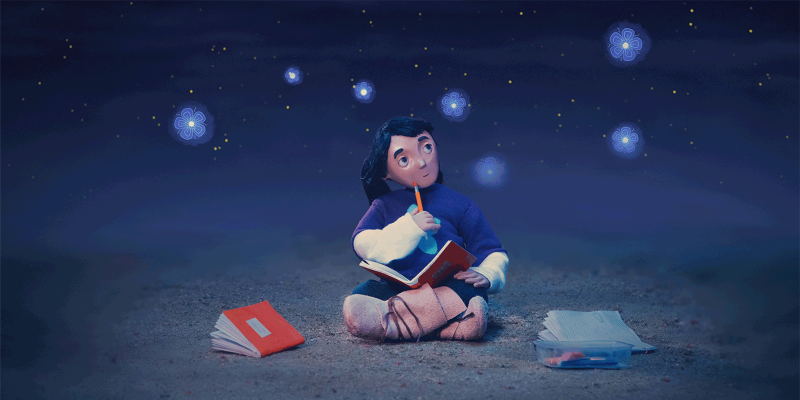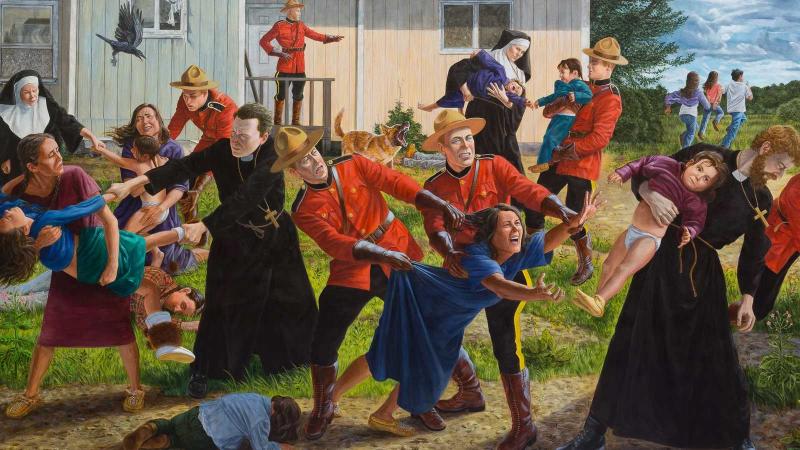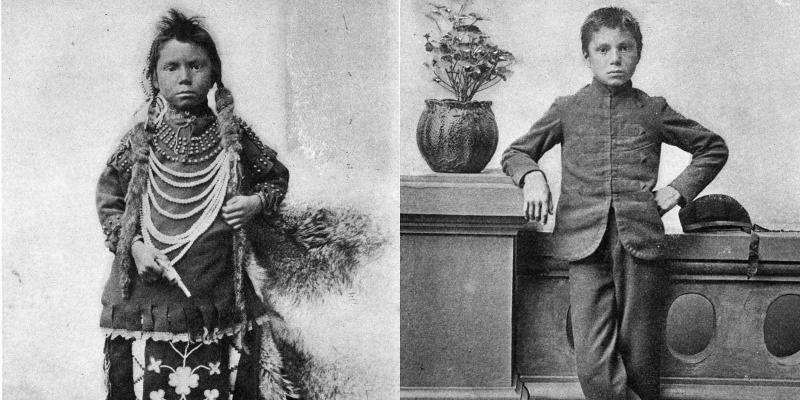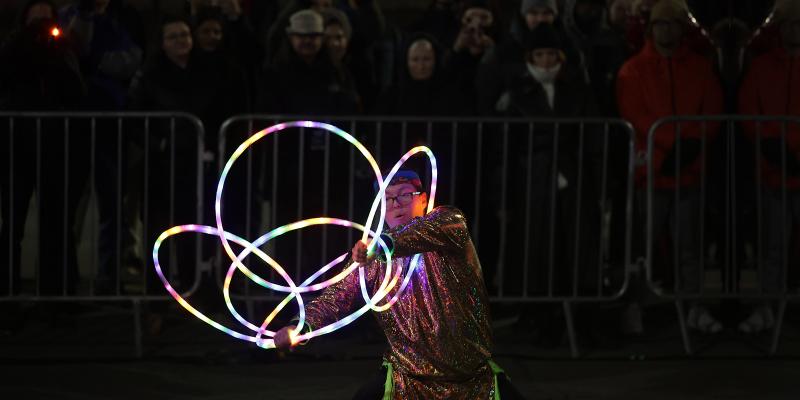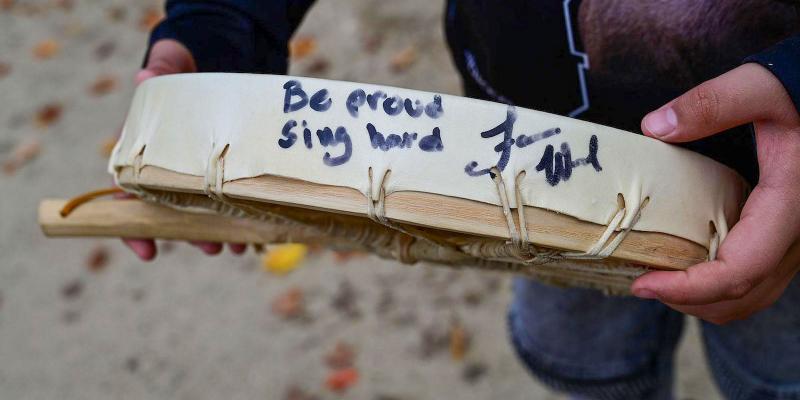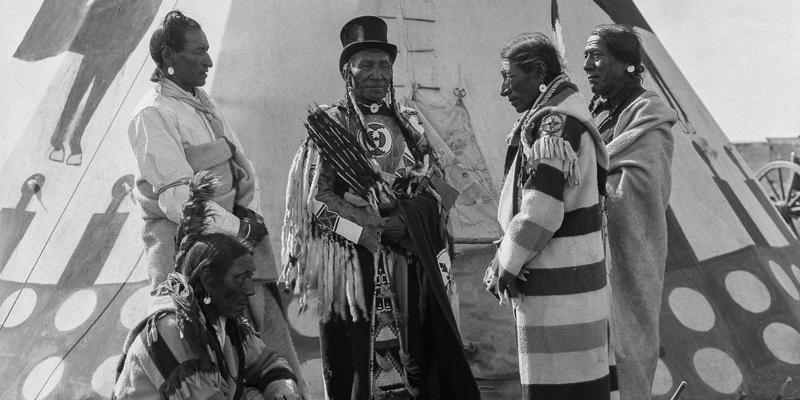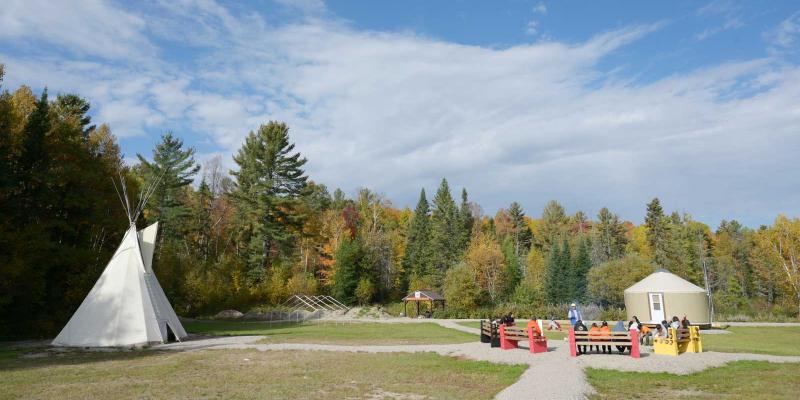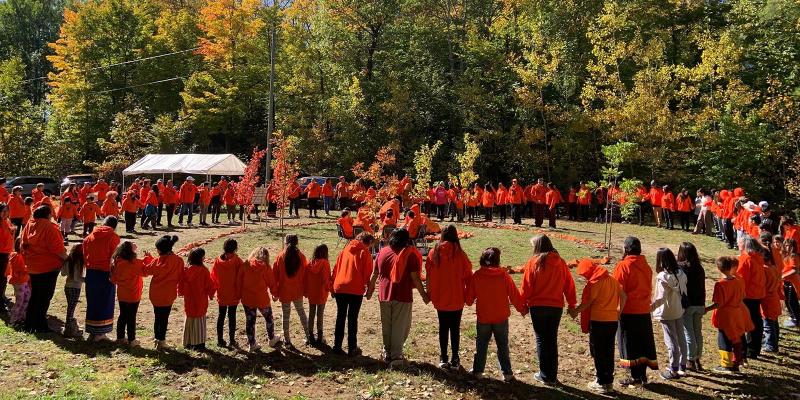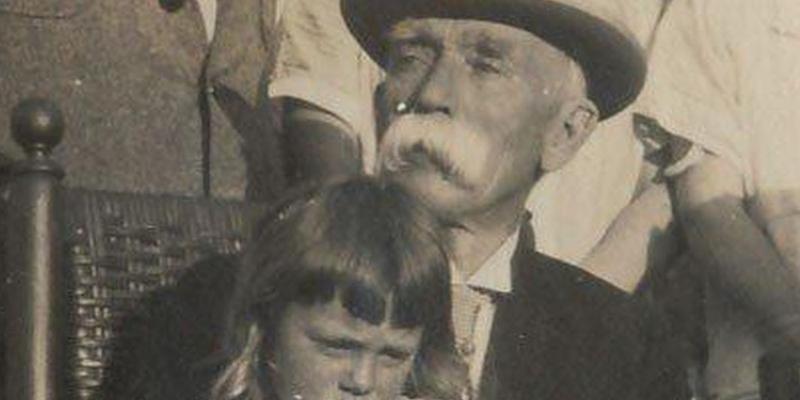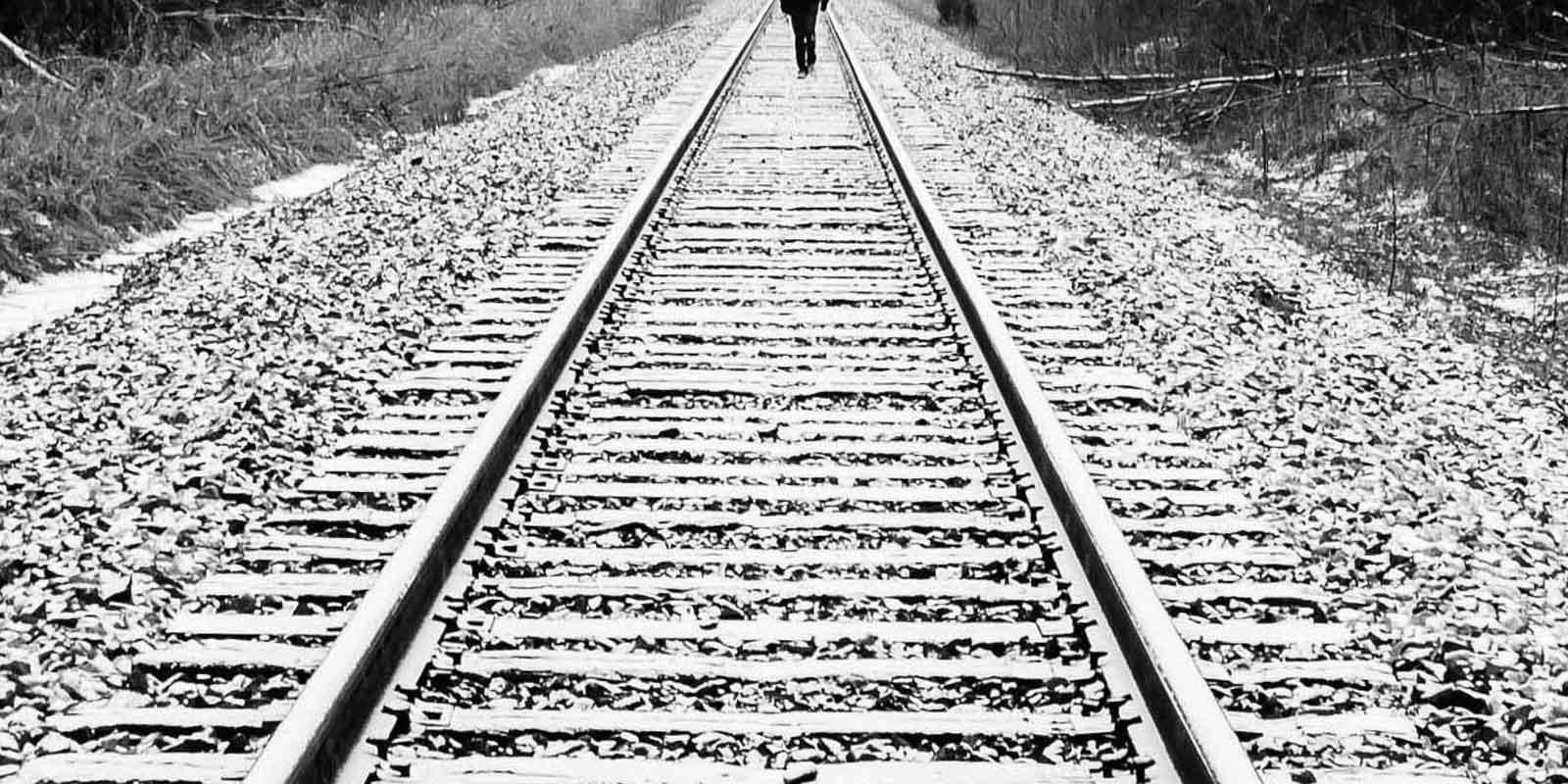
Chanie Wenjack was 12 when he and two friends ran away from their residential school in 1966.
Some said that Chanie wanted to meet his dad. That he felt alone. Chanie’s sister thought he ran away after being sexually abused.

It was common for children to run away from the tough residential schools. Running away was dangerous. Those who were caught were severely punished. Those who managed to escape were often injured in accidents, or got frostbite and lost fingers and toes. Many died.
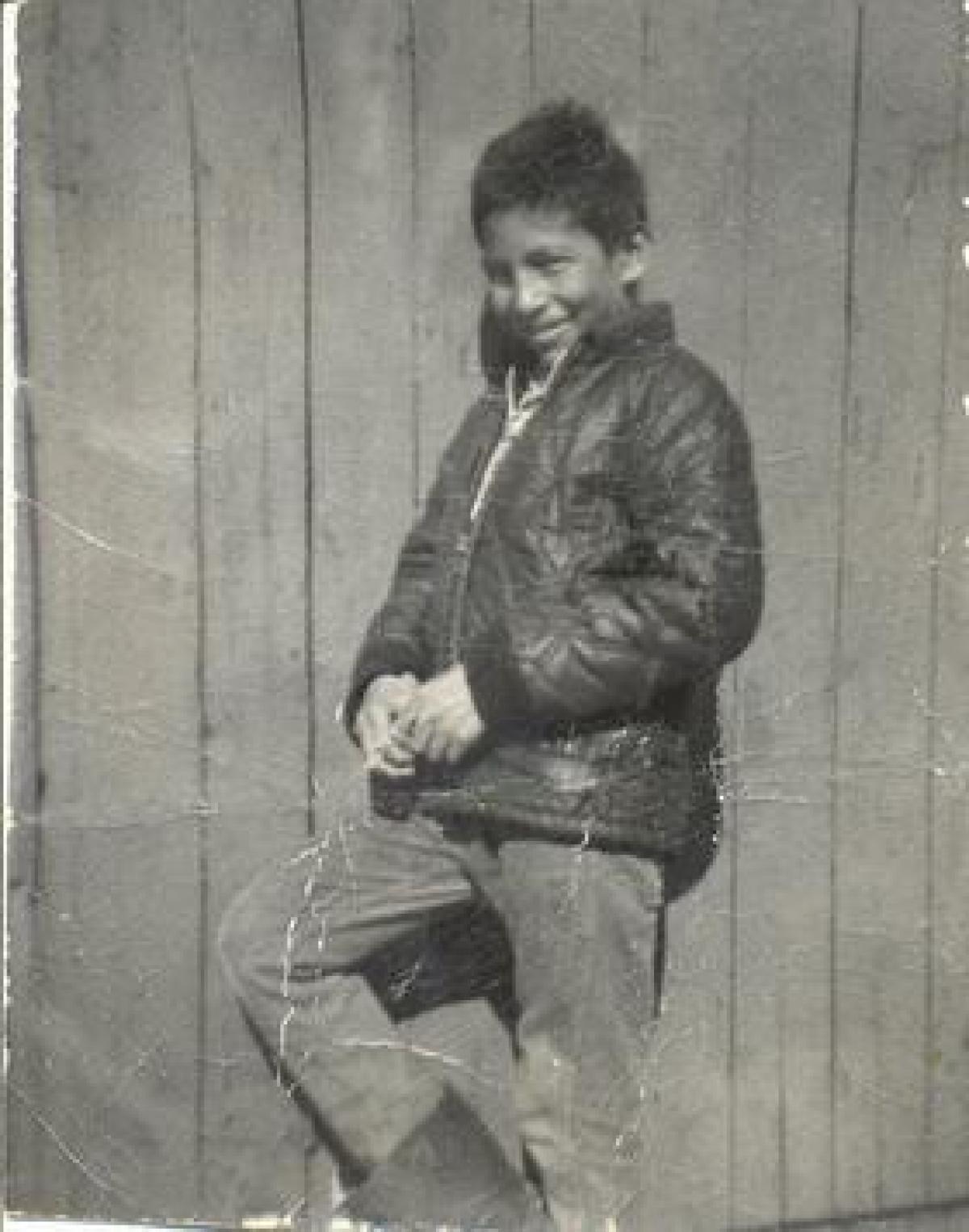
Chanie and his friends walked for eight hours on the first day. They stayed the night with the friends’ uncle, who had a cottage in the forest. The next day they were to continue in different directions. The uncle advised Chanie to follow the train tracks and ask railway workers for food on the way.
After a while it got colder and started snowing. Chanie was freezing in his thin jacket, and didn’t have any food, just a few matches in a glass jar. He survived for 36 hours.
When Chanie’s body was found by the railway track, it attracted a lot of attention in Canada. For the first time, the politicians were forced to carry out a proper investigation into the residential schools’ way of treating Indigenous children.
TEXT: Carmilla Floyd
PHOTO: Personal family photo (courtesy Pearl Achneepineskum), from The Canadian Encyclopedia.
Långgatan 13, 647 30, Mariefred, Sweden
Phone: +46-159-129 00 • info@worldschildrensprize.org
© 2020 World’s Children’s Prize Foundation. All rights reserved. WORLD'S CHILDREN'S PRIZE®, the Foundation's logo, WORLD'S CHILDREN'S PRIZE FOR THE RIGHTS OF THE CHILD®, WORLD'S CHILDREN'S PARLIAMENT®, WORLD'S CHILDREN'S OMBUDSMAN®, WORLD'S CHILDREN'S PRESS CONFERENCE® and YOU ME EQUAL RIGHTS are service marks of the Foundation.




